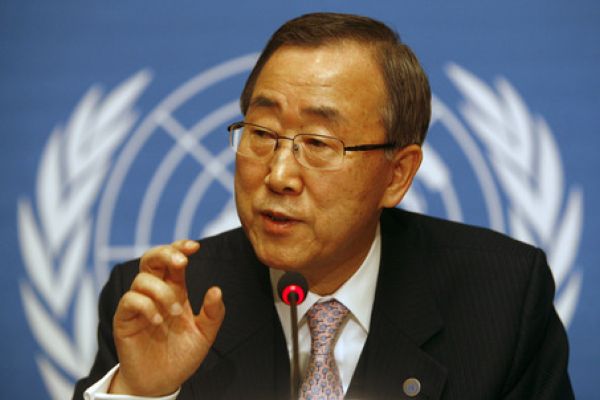As the world observes the 22nd International Day for the Preservation of the Ozone Layer on September 16, 2016, stakeholders have taken up an appraisal of efforts made in the past to protect the atmosphere and preserve man’s existence on earth.

Themed: “Ozone and climate: Restored by a world united”, the 2016 International Ozone Day recognises the collective efforts of the parties to the Vienna Convention and the Montreal Protocol towards the restoration of the ozone layer over the past three decades and the global commitment to combat climate change.
The Vienna Convention for the Protection of the Ozone Layer is a Multilateral Environmental Agreement that was agreed upon at the Vienna Conference of 1985 and entered into force in 1988. The Montreal Protocol on Substances that Deplete the Ozone Layer, on the other hand, is an international treaty designed to protect the ozone layer by phasing out the production of numerous substances that are responsible for ozone depletion.
In a speech to commemorate the 2016 International Ozone Day, UN Secretary-General, Ban Ki-moon, submitted: “On this International Day for the Preservation of the Ozone Layer, let us remember how much has already been accomplished, and commit to do more to protect our atmosphere. By working together, we can build a safer, healthier, more prosperous and resilient world for all people while protecting our planet, our only home.”
In 1994, the UN General Assembly proclaimed 16 September the International Day for the Preservation of the Ozone Layer, commemorating the date of the signing, in 1987, of the Montreal Protocol on Substances that Deplete the Ozone Layer (resolution 49/114).
States were invited to devote the Day to promote activities in accordance with the objectives of the Protocol and its amendments. The ozone layer, a fragile shield of gas, protects the Earth from the harmful portion of the rays of the sun, thus helping preserve life on the planet.
The phaseout of controlled uses of ozone depleting substances and the related reductions have not only helped protect the ozone layer for this and future generations, but have also contributed significantly to global efforts to address climate change; furthermore, it has protected human health and ecosystems by limiting the harmful ultraviolet radiation from reaching the earth.
In a bid to completely phase-out hydrochlorofluorocarbons (HCFCs), an ozone-depleting substance (ODS) by 2040, Nigeria recently in Lagos took a major step towards realising the goal when stakeholders gathered to review and validate the findings of a survey, preparatory to the next stage of the initiative.
HCFCs are a group of man-made compounds containing carbon, hydrogen, chlorine and fluorine atoms considered to be destructive to the ozone layer, a region of the earth’s atmosphere that absorbs most of the sun’s ultraviolet (UV) radiation. HCFCs are being phased out globally under the Montreal Protocol on Substances that Deplete the Ozone Layer to reduce their abundance and protect the fragile ozone layer.
